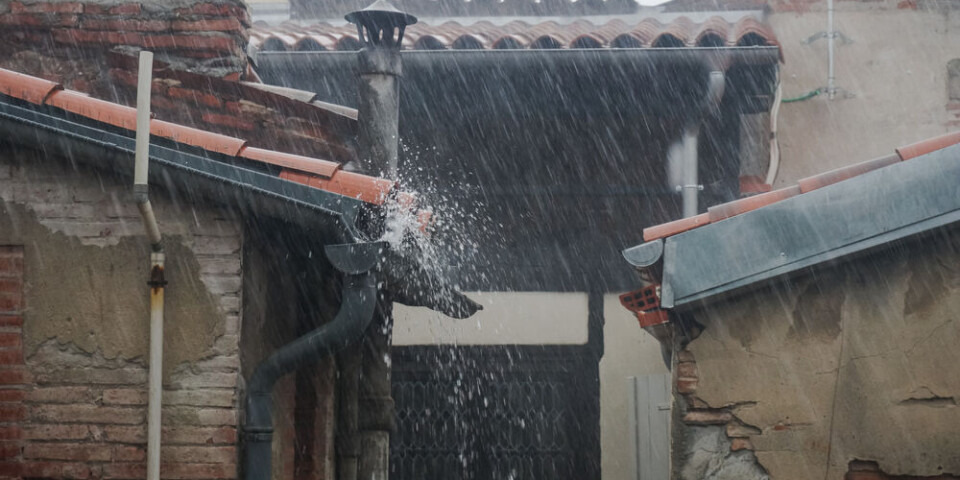-
GR, GRP, PR: What do the French hiking signs mean?
What are the coloured symbols on French hiking routes? Who paints them there and why?
-
Miss France: glam - but not sexy
Miss France organiser Geneviève de Fontenay fears she is fighting a losing battle to protect her 'Cinderella dream' from vulgarity
-
Normandy Landings visit for Queen
Queen Elizabeth has confirmed a state visit to France, ending rumours she is handing over duties to Charles
Life and death of a Jew in France
The harrowing works of Felix Nussbaum go on show in Paris. RFI's Amanda Morrow reports
He's a forgotten painter, but his story as a German Jew in exile during the Second World War is unforgettable. Now, thanks to a retrospective of Felix Nussbaum’s life works on show in Paris, thousands are learning of his harrowing tale.
Just as Anne Frank told the story of a life in hiding through words, Nussbaum does so through painting. These haunting images, depictions of a life rotting away, are being showcased at the Jewish Museum of Art and History.
The sombre canvases give way to a careful use of colour. Recurring themes of fear, despair and anxiety abound in a repertoire that tells the story of a man on the run from his Nazi persecutors.
Exhibition curator Nathalie Hazan-Brunet says the collection narrates a journey of self-discovery by a man grappling with his identity both as a Jew and as an artist.
Although Nussbaum’s work draws from multiple influences at a time when the metaphysical movement was challenging expressionism, which was particularly strong in Germany, Hazan-Brunet says his style does not change radically with the rise of the Third Reich.
"Actually, its always the same vocabulary: the use of models, empty spaces, several perspectives," Hazan-Brunet says. "His style does not change a lot but as the situation becomes more tragic, his painting radically evolves. He has a lot of courage because he knows about the end."
The Nussbaum series begins with his first steps into the art world as a student in Berlin in 1920, and ends weeks before his death in Auschwitz in 1944.
When Hitler took power, Nussbaum was on a scholarship in Rome. So began his life in exile, and the emotional isolation so evident in his creations.
Nussbaum fled to Brussels, in 1940 was deported by the Nazis to Saint Cyprien camp near Perpignan, where an estimated 7,500 Jewish refugees, mainly from Belgium, ended up in 1940 and where he made drawings of Jews living in terror.
Miraculously, he escaped, returning to Brussels, where he and his wife, Felka, were hidden by friends who provided art supplies.
During these darkest years, Nussbaum created his two most central works - both self-portraits - one as a naked artist, and the other tagged as a Jew.
So, given his eyewitness account of the Holocaust, why isn't Nussbaum better-known? Hazan-Brunet says Nussbaum has gone largely unnoticed because it has been difficult to classify his work.
"But now, through this exhibition, one is aware of the incredible quality of his painting, of his originality, and that this eccleticism is not a weakness."
"He was very sophisticated. He was always playing. He deals also with politics - it’s very interesting, complex work. For us it has been a discovery."
Nussbaum was tracked down by his Nazi persecutors and sent to Auchwitz, where his family had already perished, in July 1944. He died there in August. Just one month later, Brussels was liberated.
Before his arrest, he gave many of his works to a close friend, asking that they not be allowed to die along with him.
"You have some paintings with high walls, like a jail, but sometimes behind the walls you have a tree," Hazan-Brunet says.
"They are always bare and naked but sometime you have little flowers so maybe he sometimes believed that he would be saved. But I believe his main hope was that his paintings would survive."
The Nussbaum exhibition will be showing in Paris’s Museum of Jewish Art and History until January 23.






















